Surface Preparation:
Before applying any roof coating, ensure that the roof is structurally sound and stable. Replace or re-fix any cracked, broken, or missing slates, tiles, or other coverings, and fill any cracks in felt or asphalt. The surface must be clean, dry, and free from debris, dirt, dust, and grease. Remove all traces of algae and fungal growth with a stiff bristle brush, and treat with EVERBUILD 404 FUNGICIDAL WASH to kill any remaining spores. For certain surfaces like concrete, use an appropriate primer such as BLACK JACK BITUMEN AND FLASHING PRIMER.
Application:
Follow the recommendations of the National Federation of Roofing Contractors Code of Practice for roof waterproofing. Stir the product well before use. For asphalt roofs, smooth out any blisters and apply in two coats. For built-up felt roofs, fill wide defects with BLACK JACK BITUMEN MASTIC before applying the coating. On asbestos-cement, ensure the surface is dry before applying two coats of the product. Metal surfaces should be abraded to remove rust and treated with a rust inhibitor before applying the coating. Slates and tiles should be checked for loose or damaged pieces, and any gaps or cracks should be bridged using the coating in conjunction with a glass fibre membrane.
Reinforcement & Membrane Use:
In cases of severe surface decay, apply EVERBUILD BLACK JACK 905 ALL WEATHER ROOF COATING with a reinforcing membrane, such as glass fibre. Apply the first coat, then embed the membrane into the wet coating, ensuring complete adhesion and no trapped air. Secure the membrane at walls and parapets using self-adhesive flashing, then apply a second coat.
Final Surface & Additional Protection:
For extra protection, a final reflective finish using BLACK JACK SOLAR REFLECTIVE PAINT is recommended, particularly on pitched or flat roofs. If insulation is placed on a flat roof deck, apply two coats of the coating as a vapour barrier to prevent condensation from damaging the insulation.
Limitations:
Do not apply the product to damp or wet areas, and avoid use in areas where subsequent solvent contact is likely. Allow sufficient drying time between coats, and follow recommended guidelines for overpainting.




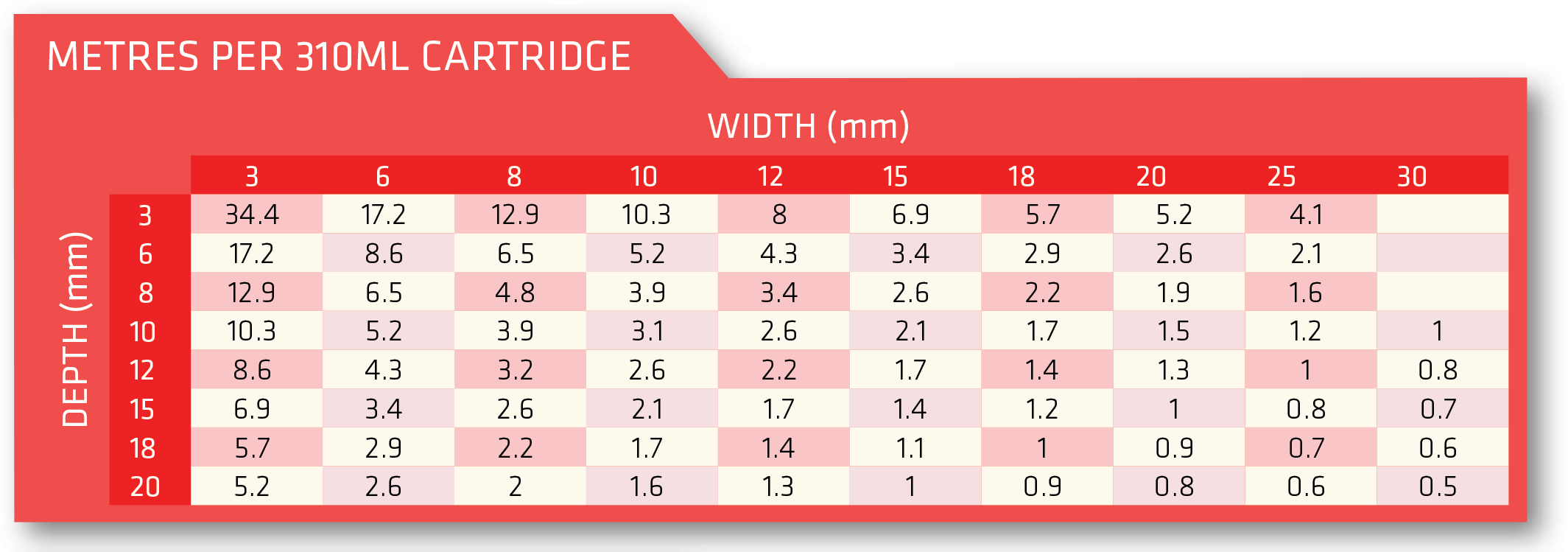
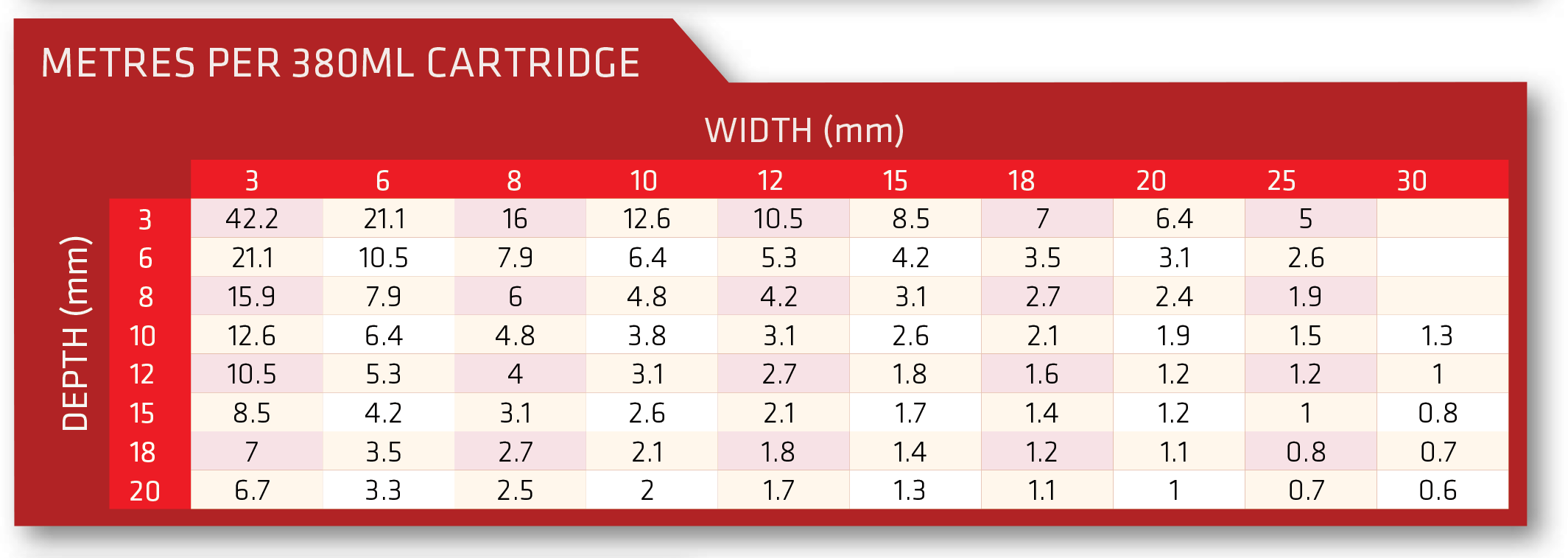
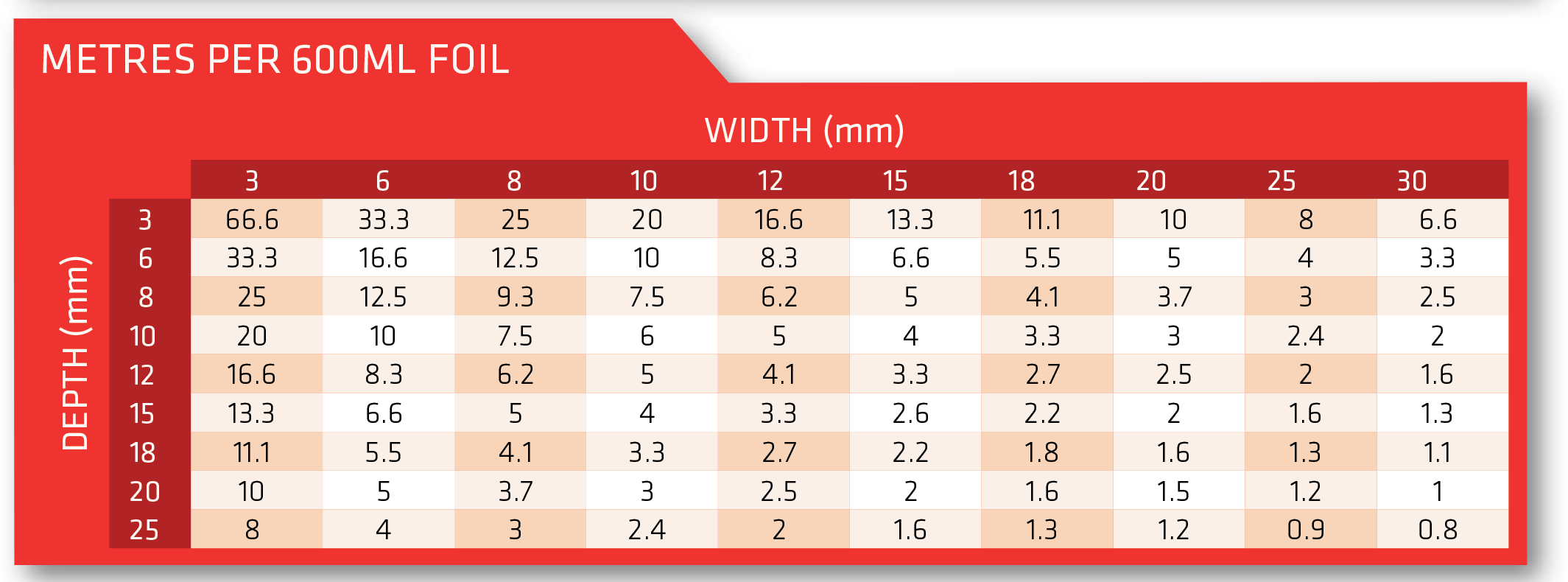






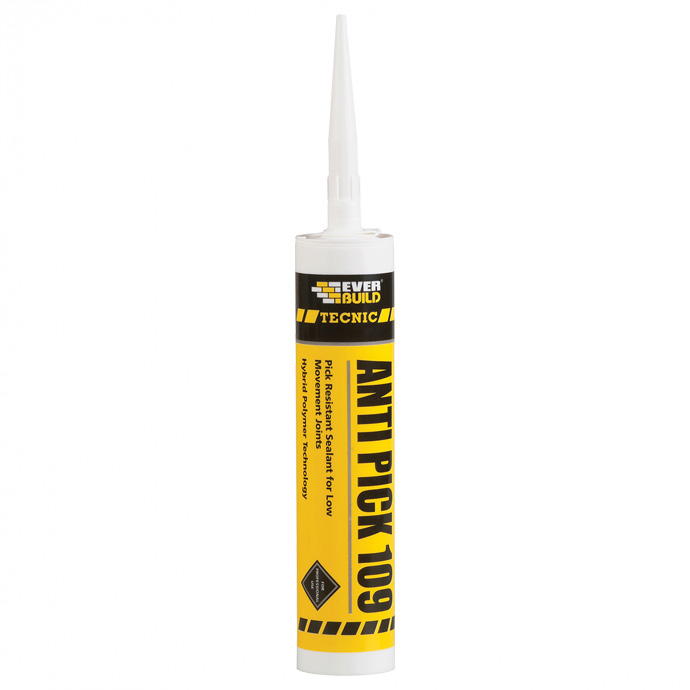
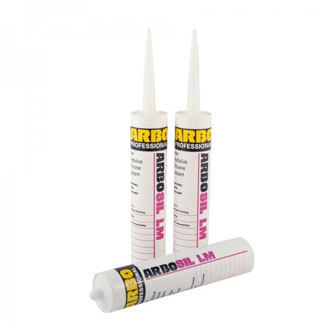

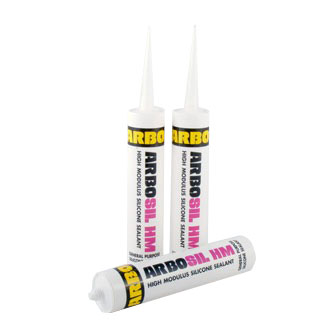
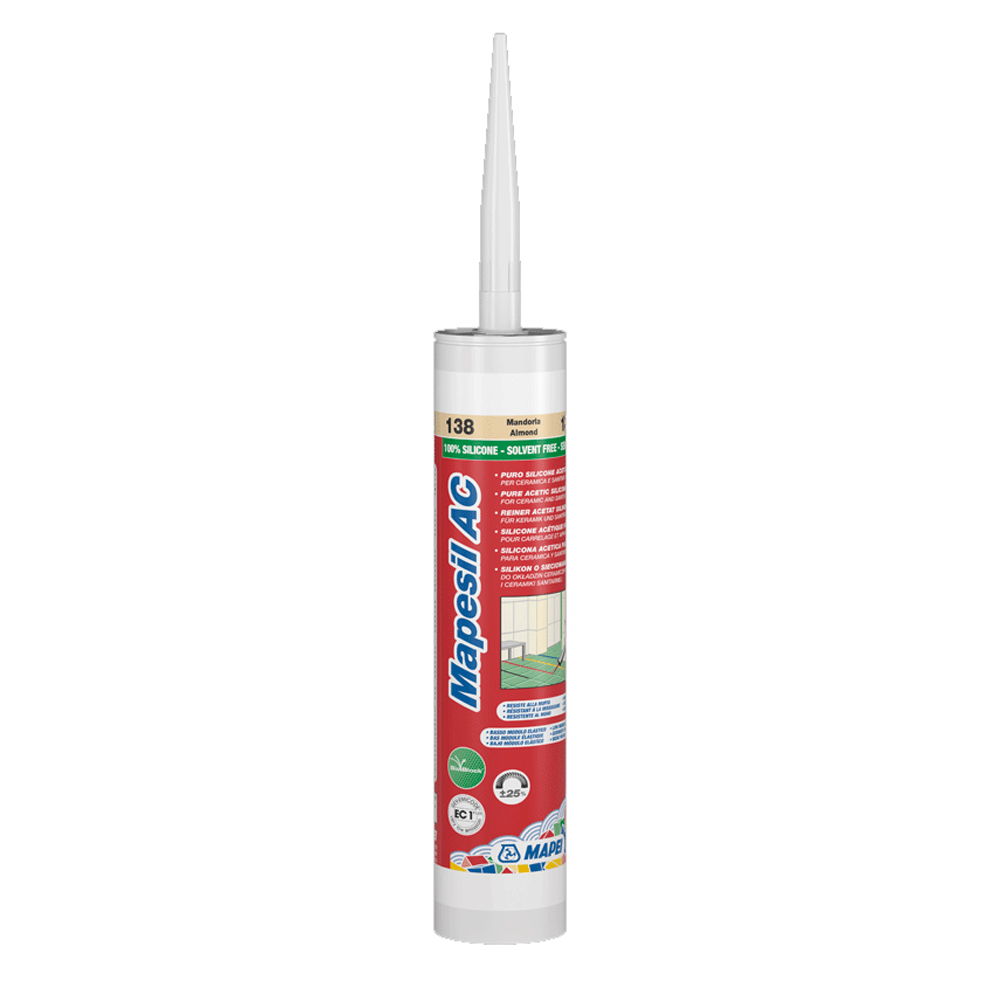

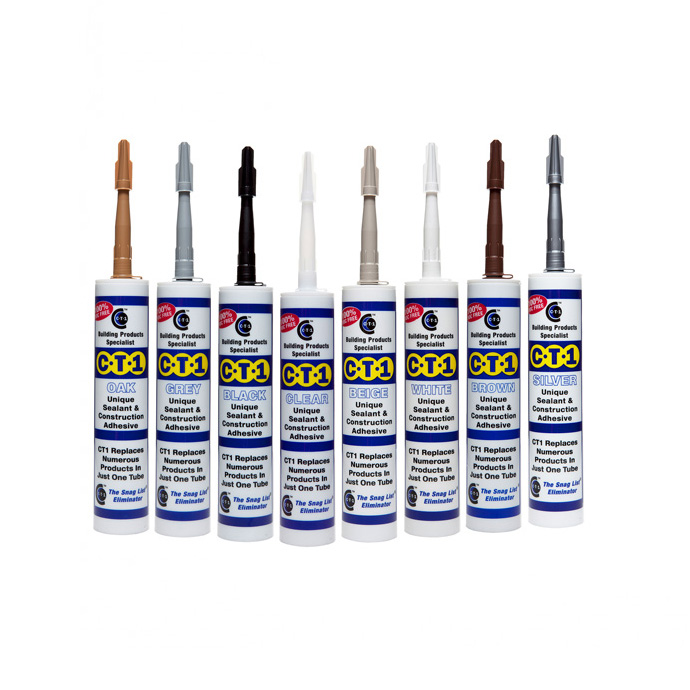








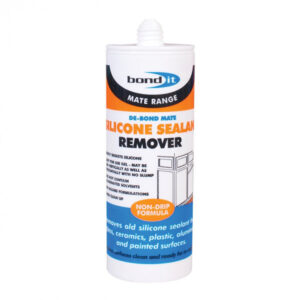
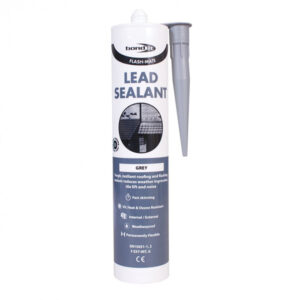

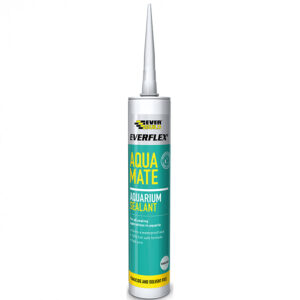
Reviews
There are no reviews yet.